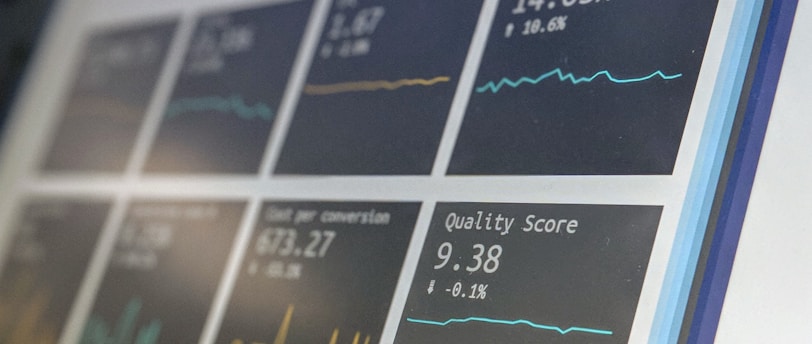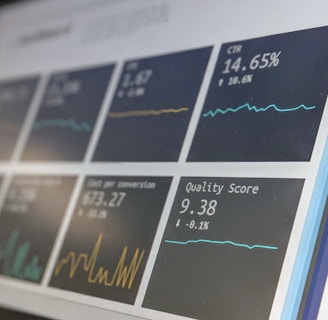stock market INSIDE INFORMATION
Understanding Technical Analysis in Stock Trading
This post delves into the principles of technical analysis, key indicators, and how investors can use this approach to make informed trading decisions.
9/9/20242 min read


Technical analysis is a method used by traders and investors to evaluate securities by analyzing statistics generated by market activity, such as past prices and volume. Unlike fundamental analysis, which focuses on a company's financial health and overall economic factors, technical analysis centers on price movements and trading volumes to forecast future price trends.
At the core of technical analysis are various chart types, including line charts, bar charts, and candlestick charts. Each chart type provides different insights into price movements over time. Candlestick charts, in particular, are favored by traders for their ability to convey a wealth of information about price action, including open, close, high, and low prices within a specified timeframe.
One of the most widely used concepts in technical analysis is the identification of support and resistance levels. Support is the price level at which a stock tends to stop falling and may even bounce back up, while resistance is where a stock struggles to rise beyond. These levels can help traders determine entry and exit points for their trades.
Technical indicators play a crucial role in technical analysis. Key indicators include:
Moving Averages (MA): Moving averages smooth out price data to identify trends over a specific period. The two common types are the simple moving average (SMA) and the exponential moving average (EMA). Traders often look for crossovers between different moving averages (e.g., the 50-day crossing above the 200-day) to signal potential buy or sell opportunities.
Relative Strength Index (RSI): The RSI is a momentum oscillator that measures the speed and change of price movements. It ranges from 0 to 100, with readings above 70 indicating overbought conditions and below 30 indicating oversold conditions. This information can help traders assess potential reversals in price.
MACD (Moving Average Convergence Divergence): The MACD is a trend-following momentum indicator that shows the relationship between two moving averages of a security’s price. Traders look for MACD crossovers, where the MACD line crosses above or below the signal line, to identify potential buy and sell signals.
Volume: Analyzing volume is essential for validating price movements. An increase in volume accompanying a price increase can indicate strong buying interest, while a rise in price on low volume may suggest a lack of conviction in the move.
Understanding and applying technical analysis can empower investors to make informed trading decisions. By identifying trends, key levels, and signals, traders can develop strategies that enhance their likelihood of success in the dynamic environment of stock trading. However, it’s crucial to remember that no method is foolproof, and risk management should always be a top priority.
Stay Connected for Hot Daily Updates!
Email: bullvora@bullvora.com
Phone: 1 (800) 589-3380
© 2024. All rights reserved.